Monitoring on the Morvern Peninsula
Rahoy Hills Wildlife Reserve is one of our largest, most biodiverse reserves. It has also been one of the most extensively monitored over the last 35 years.
At the heart of the Morvern peninsula, on the west coast, Rahoy Hills is a true gem in Scottish Wildlife Trust’s crown. Its biodiversity is a result of a rich and fascinating geology and an exceptional range of habitats extending from the high basalt peaks, to grasslands, lochans, blanket bogs and loch-side ancient oak woodland.
Monitoring the health of these habitats is critical to our work and our goals. The results tell us how we are doing, what species need most help and how our environment is changing.
Our Ranger, Steve Hardy, has been monitoring here for two decades, continuing the work of Donald Kennedy before him. Much of their time has been spent in the ancient oak woodland which is part of the Morvern Woods Special Area of Conservation and a Site of Special Scientific Interest, which was first designated in 1962.
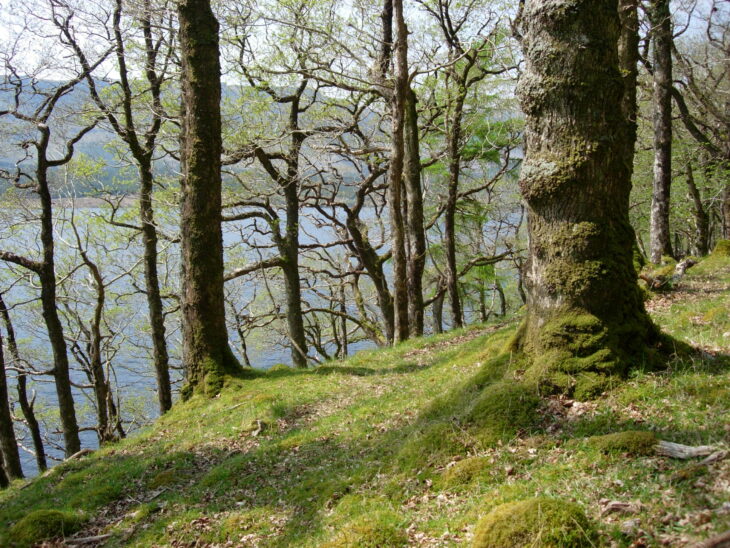
Our Common Bird Census monitoring (undertaken since 1989) records many lovely species including wood warbler, tree pipit, cuckoo, spotted flycatcher and redstart. The wooded shore of the loch offers breeding sites for several pairs of common sandpiper, red-breasted merganser and goosander. More than 100 bird species have been recorded. 26 of these are on the UK Red List.
Steve Hardy and volunteers also undertake butterfly monitoring each year as part of the UK Butterfly Monitoring Scheme. 21 butterfly species have been found here, including pearl-bordered fritillary, chequered skipper and purple hairstreak, the latter two being relatively new colonists which are increasing their national distribution northwards as the climate changes; chequered skipper was first seen at the reserve in 2015 and has increased in number almost every year since.
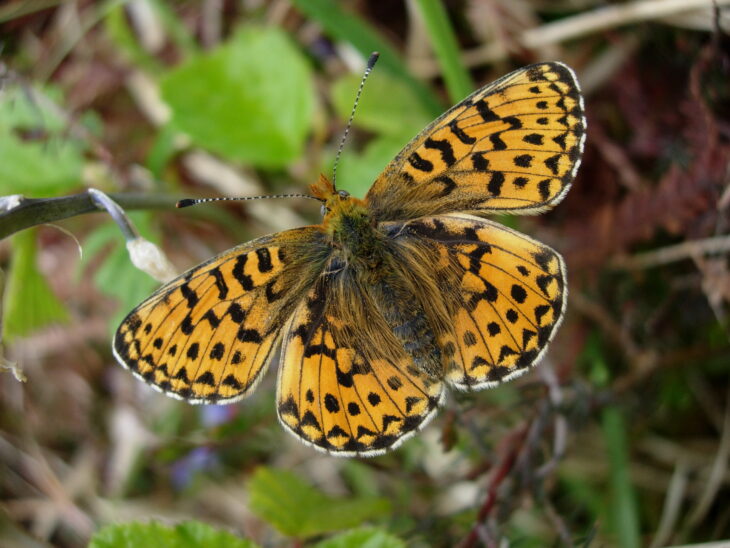
The climate change story is not so rosy for dragonflies; golden ringed dragonfly, four-spotted chaser and large red damselfly are all showing significant declines since the late 1980’s. This is possibly a result of habitats getting drier, and it reminds us to do as much as we can to ensure we have areas of open, unshaded water.
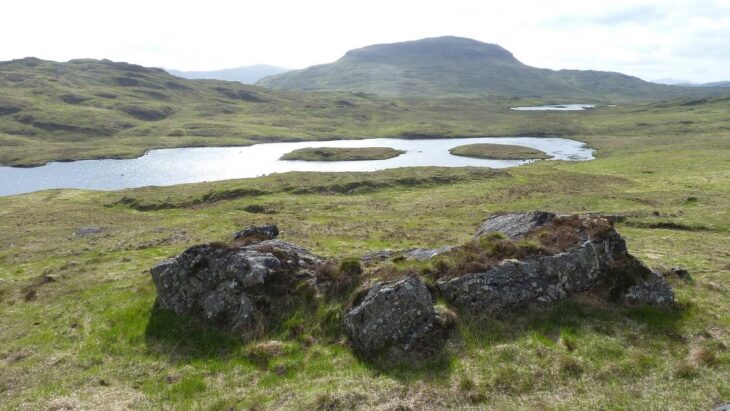
In 2023 we commissioned a botanical survey of Arienas Wood – a follow up to similar survey in 2005. Excluding the trees themselves, this study recorded 92 plant species in the wood, including 26 mosses and 9 liverworts. This included two species not previously found on the reserve: sparkling signal-moss and sea scalewort.
Monitoring of the rare montane flowers since the 1980’s is also highlighting climatic change; plants such as Arctic sandwort seem to be disappearing from the warm south facing slopes, retreating to the high, cooler north facing sides of the hills. The high screes, basalt cliff ledges and peaks also support other rare mountain flora including mountain avens, globeflower, holly fern and northern rock-cress, all of which we are monitoring.
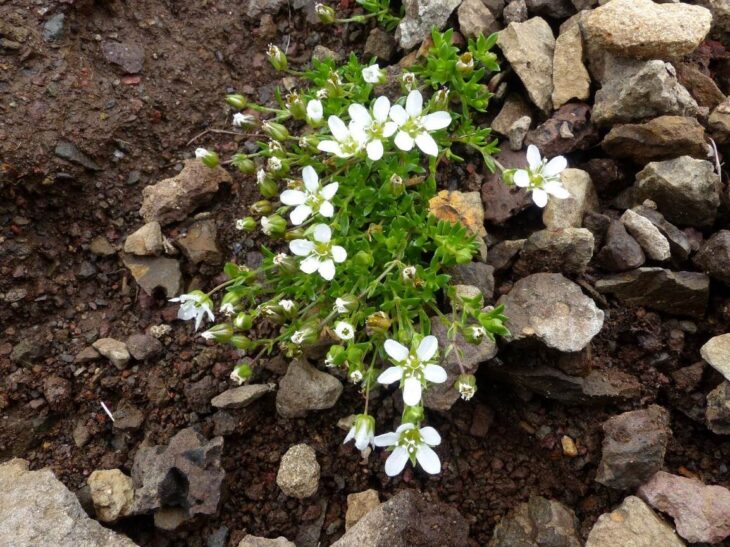
We also monitor the deer population (by annual counts) and by measuring impacts on the habitats. This includes structured searches for signs of deer nibbling, trampling, rubbing and fraying. The results help to inform the deer management and stalking across the Morvern landscape, and we work closely with our neighbouring estates and Morvern Deer Management Group.
In May 2024 we worked with the neighbouring Ardtornish Estate to undertake a deer survey using drones equipped with thermal-detecting cameras. The survey even picked up an occupied raven nest. The scale and detail provided by this new technology gives us unprecedented insight into the populations and potential impacts of these animals. Watch a clip below.
Film credit: BH Wildlife Consultancy
Rahoy Hills might only be one part in a large landscape, and Arienas Wood might only be a fragment of the ancient woodland cover in this area, but signs are good and we are monitoring the changes that take place, working with neighbours and recording and celebrating all the fantastic wildlife that we have.
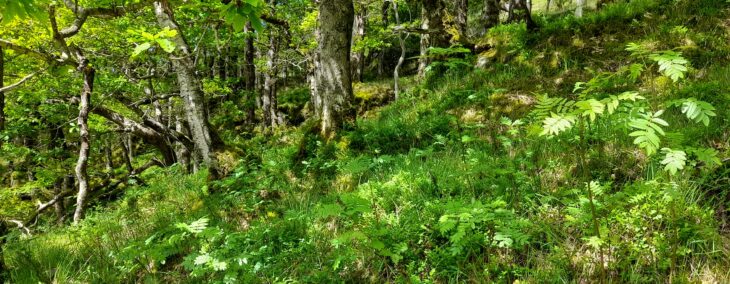
Rahoy Hills Wildlife Reserve is managed in partnership with The Ardtornish Estate and is accessible all year round.
Steve Wheatley
Reserves Manager, North
Help protect Scotland’s wildlife
Our work to save Scotland’s wildlife is made possible thanks to the generosity of our members and supporters.
Join today from just £4 a month to help protect the species you love.
Preface
Rahoy Hills Wildlife Reserve is one of our largest, most biodiverse reserves. It has also been one of the most extensively monitored over the last 35 years. At the heart …
